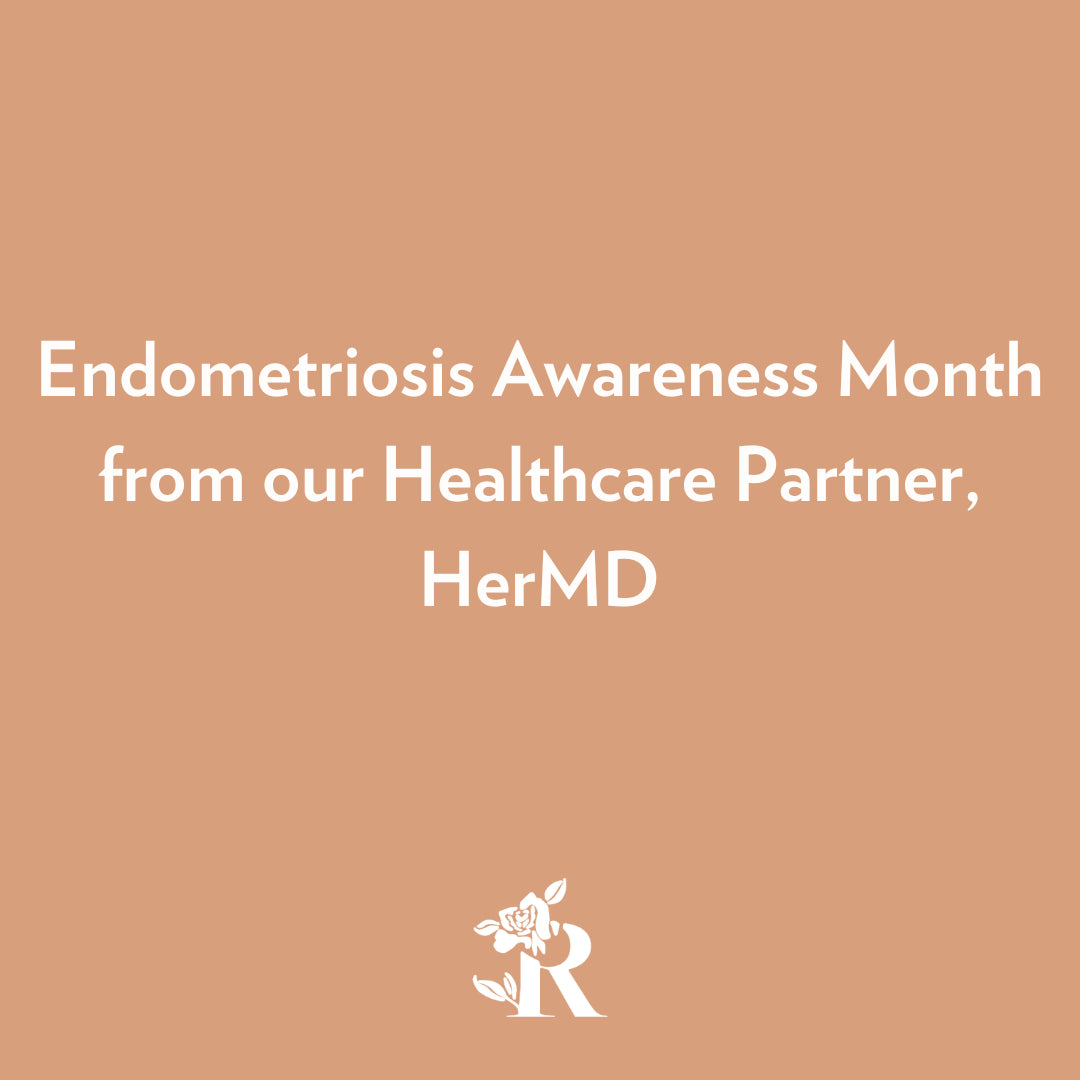Endometriosis Awareness Month with our Healthcare Partner, HerMD
Content Feature from HerMD.
February 28, 2023
What is endometriosis?
Endometriosis is a condition in which cells similar to the endometrium (the tissue that lines the uterus) grow outside of the uterus. It is estimated that endometriosis affects between 2 to 10 percent of U.S. women between the ages of 25 to 40. An often painful condition, endometriosis can affect patients from head to toe, often causing symptoms like intense menstrual cramps, heavy menstrual bleeding, painful sex, and infertility.
What happens in a patient’s body when they have endometriosis?
Over the course of a patient’s menstrual cycle, the tissues that line their uterus build up, then break down, and finally shed if the patient does not become pregnant. When endometriosis causes similar tissues to grow outside of the uterus, in the ovaries, fallopian tubes, and/or on the pelvic tissues surrounding the uterus, these tissues behave in the same way as the endometrium. They thicken, break down, and shed, but because there is no way for them to leave the body, they cause bleeding and inflammation within the pelvis. This leads to swelling and the development of scar tissue inside the pelvic area or between the pelvic tissues and organs.
What are the symptoms of endometriosis?
The most commonly reported symptoms of endometriosis include:
- Pelvic pain, especially during periods
- Painful menstrual cramps that may worsen over time
- Heavy menstrual flow
- Painful sex
- Infertility
- Bleeding or spotting between periods
- Pain with bowel movements and/or urination during periods
- Bloating, nausea, diarrhea, and/or constipation
Some patients may have no symptoms at all, and may have an incidental diagnosis of endometriosis that is found on imaging or during surgery.











